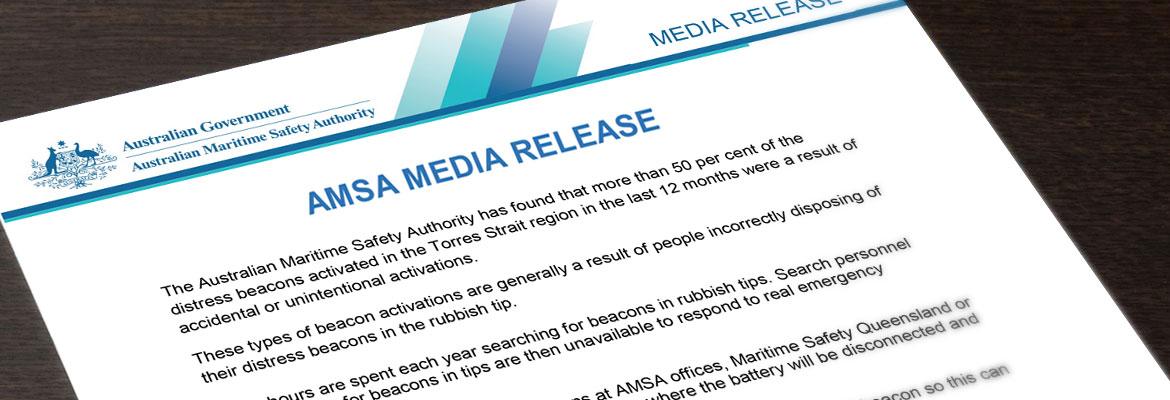
The National System for Domestic Commercial Vessels came into effect on July 1, 2013.
AMSA Deputy Chief Executive Officer Mick Kinley said the National System had created one system for qualifications and standards for commercial operators nationwide.
AMSA will run a series of consultation sessions across Australia to improve the system and streamline elements of it to make it easier and cheaper for the industry to comply with domestic vessel safety requirements.
"Since the National System came into effect AMSA has identified areas that could be improved," Mr Kinley said.
"AMSA wants to make it easier and cheaper for the industry to comply with domestic vessel safety requirements.
"This is part of the federal government’s deregulation agenda which seeks to reduce the regulatory burden on business and the community while maintaining standards for safety."
Australia lacks a common approach to managing maritime safety.
"Each and every state and territory has a different approach to safety management and AMSA wants to improve vessel safety by giving operators the best tools to develop and implement safety management, with less regulation and red tape," Mr Kinley said.
"The aim is to avoid duplication and AMSA wants feedback from commercial vessel operators."
Multiple consultation sessions will commence in Hervey Bay on Friday, May 9 at 2pm at the Hervey Bay RSL.
Sessions will then be held in the Northern Territory, Western Australia, South Australia, Queensland, Tasmania, New South Wales and Victoria throughout May and June.
AMSA will hold sessions in 24 locations in seven states, including 15 regional centres, seeking views on how best to simplify domestic commercial vessel rules.
The review comes as a result of a Standing Council on Transport and Infrastructure decision to streamline the national system and make safety simpler in the regulatory environment, with national consistency.